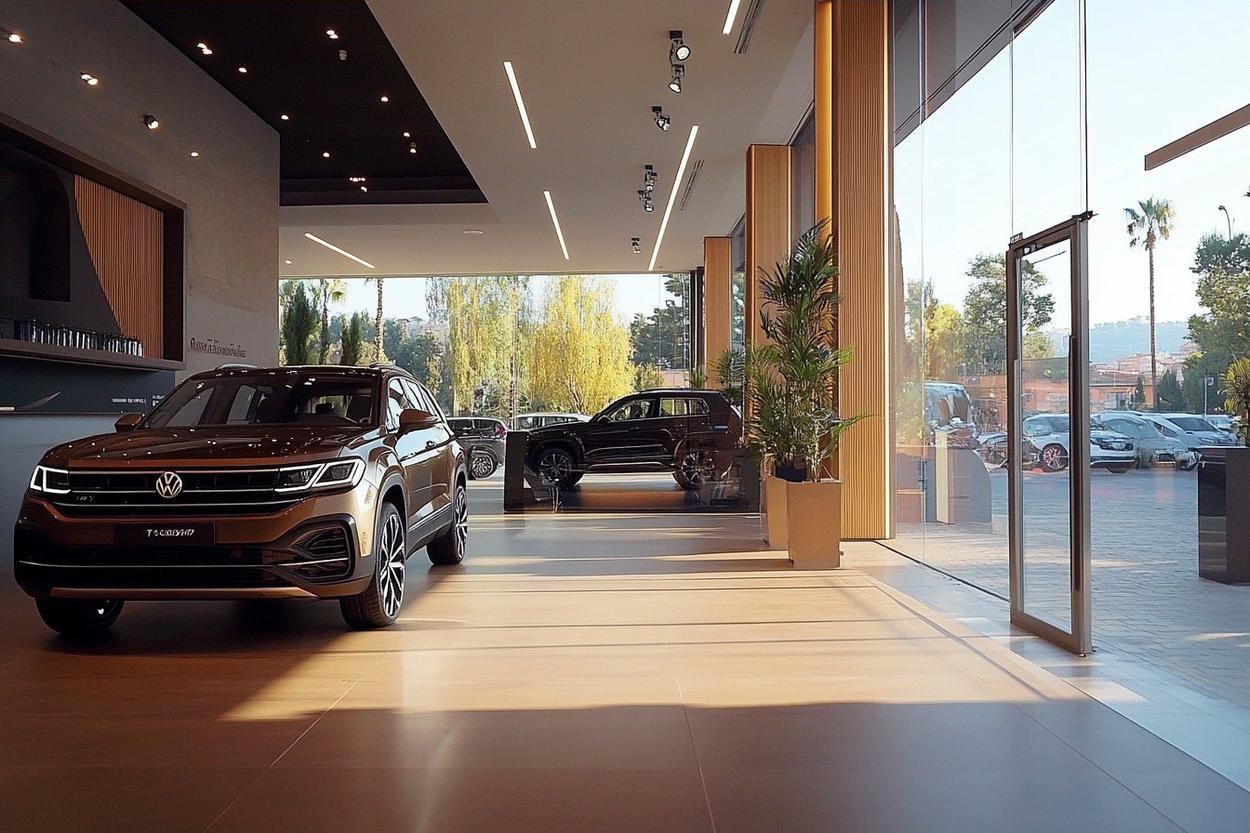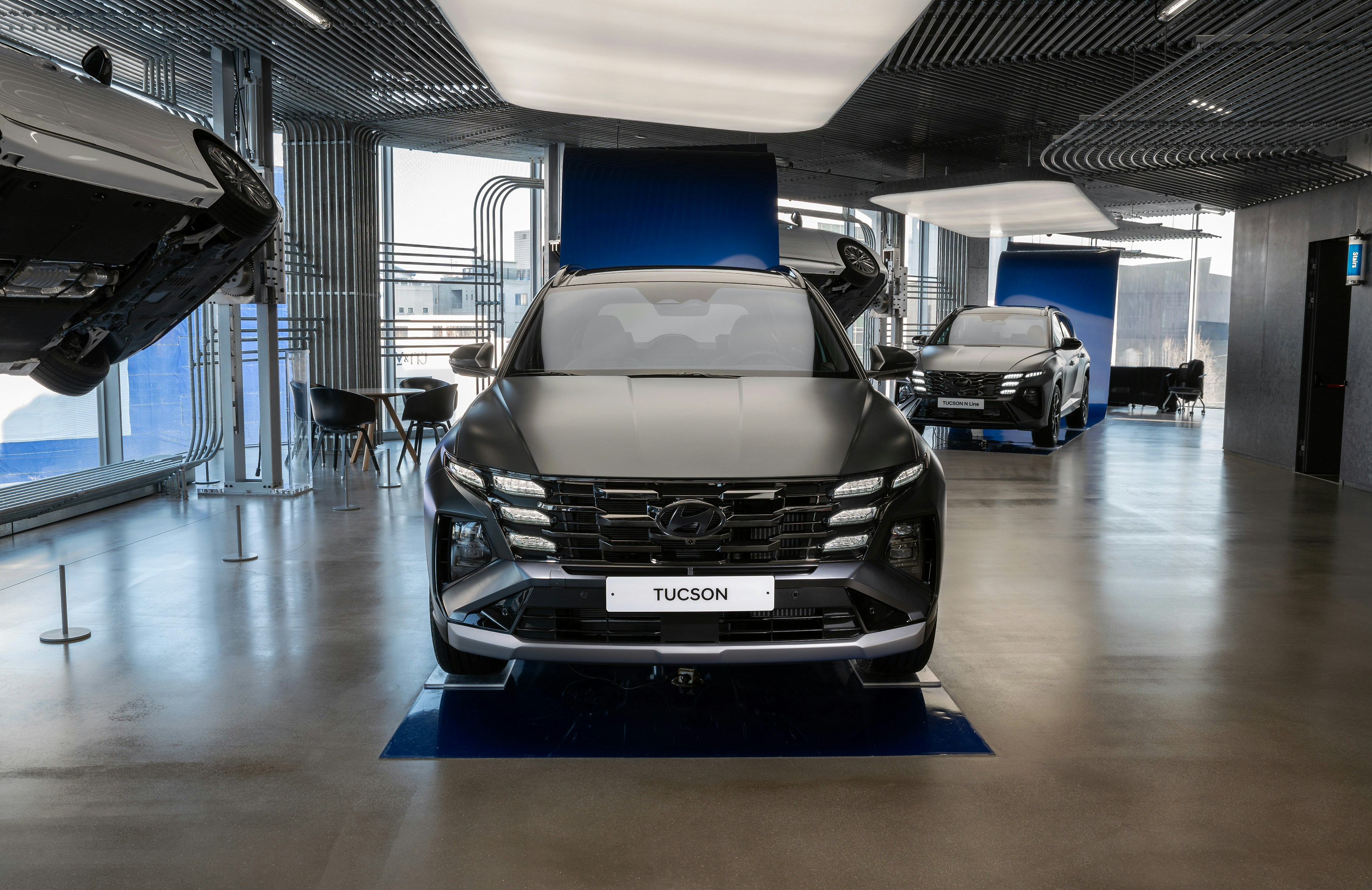Luxury SUV Deals: Smart Ways to Save on Premium Models
Luxury SUV deals can be surprisingly strong if you know where to look, how offers stack, and what matters most to lenders and dealers. From lease cash and loyalty incentives to demo-vehicle discounts and certified pre-owned options, there are multiple paths to a lower total cost. Below, we break down key tactics, pricing realities, and a comparison snapshot of real models to help you shop confidently in your area.

What counts as a luxury SUV deal?
A true deal goes beyond a flashy monthly payment. It balances price, terms, and total ownership cost. For leases, that means a competitive money factor (interest), a favorable residual value, and transparent fees. For financing, look for discounted APR, meaningful dealer or manufacturer incentives, and minimal add-ons. A strong deal also considers trade-in value, sales tax, and the lifetime cost of insurance, maintenance, and fuel. If two offers have similar monthly payments, the one with lower upfront cash, better APR, and fewer fees often wins out over the full term.
Lease vs. finance: which saves more?
Leasing can reduce the monthly payment because you only pay for depreciation during the term, not the full price of the SUV. It’s attractive if you prefer newer tech every few years and drive predictable annual miles. Financing (buying) generally costs more each month but can be cheaper long-term if you keep the vehicle beyond the loan term. Consider your mileage, credit score, and plans. If you drive more than average, plan to modify the vehicle, or want to avoid mileage charges, financing might be the better route. If you value flexibility and lower monthly outlay, leasing can be compelling—especially when residual values are high and money factors are low.
How to find offers in your area
Start with manufacturer websites for national incentives, then check local dealer pages for stackable offers from local services in your area. Many dealers publish lease specials, APR promotions, and demo or service-loaner discounts online. Compare at least three quotes, and ask each dealer to itemize the selling price, incentives applied, money factor/APR, residual (for leases), documentation fees, and add-ons. Consider reputable aggregator tools to benchmark pricing, but verify details with the dealer. Email or text negotiations can be efficient: request out-the-door numbers to capture all taxes and fees for a true apples-to-apples comparison.
Timing, trade-ins, and credit tips
End-of-month or model-year changeovers often surface stronger discounts as dealers chase volume goals and clear inventory. Trade-ins can meaningfully lower your taxable amount in many regions, so secure a few bids from trusted national car-buying services and local dealers before negotiating your new SUV—then use the highest offer as leverage. Your credit tier deeply affects lease money factors and loan APRs, so check your credit in advance and address any errors. If you’re close to a higher tier, modest changes—such as lowering credit utilization—can improve your rate and save thousands over a term.
Pricing insights and comparisons
Below is a snapshot of real luxury SUVs from major providers and typical cost ranges. Actual offers vary by trim, mileage allowance, region, taxes/fees, credit tier, and inventory. Use this as a starting point for research with dealers in your area.
| Product/Service | Provider | Cost Estimation |
|---|---|---|
| BMW X5 (base/40i) | BMW USA and participating dealers | MSRP commonly from ~$65,000; lease often ~$750–$1,050/mo with ~$4,000–$6,000 due at signing; finance APR typically varies by credit and program. |
| Mercedes-Benz GLE 350 | Mercedes-Benz USA and participating dealers | MSRP commonly from ~$63,000; lease often ~$799–$1,100/mo with typical upfront costs; finance APR varies; loyalty/conquest incentives may apply. |
| Audi Q7 45 Premium | Audi of America and participating dealers | MSRP commonly from ~$60,000; lease often ~$750–$1,000/mo with standard due-at-signing; regional incentives can change totals. |
| Lexus RX 350 | Lexus USA and participating dealers | MSRP commonly from ~$50,000; lease often ~$550–$800/mo; Lexus often advertises competitive APR on financing depending on region. |
| Volvo XC90 B5 | Volvo Car USA and participating dealers | MSRP commonly from ~$56,000; lease often ~$699–$950/mo; finance and loyalty incentives may reduce total cost. |
| Porsche Cayenne | Porsche Cars North America and participating dealers | MSRP commonly from ~$79,000; lease often ~$1,200–$1,600/mo; lower incentives vs. volume brands are typical. |
Prices, rates, or cost estimates mentioned in this article are based on the latest available information but may change over time. Independent research is advised before making financial decisions.
Ownership costs beyond the sticker
Budget for what comes after purchase: insurance, fuel or charging, tires, and maintenance. Luxury SUVs often use premium fuel, larger brakes, and performance tires that cost more to replace. Many brands include complimentary maintenance for a limited period, and others sell pre-paid plans that can make costs more predictable. If you’re comparing trims, note that bigger wheels and performance packages may increase tire and brake costs. Consider total cost of ownership calculators, and ask your insurer for quotes on shortlists before you commit—some models carry notably higher premiums even within the same segment.
Conclusion
Finding a strong luxury SUV deal is a balance of timing, transparent math, and realistic cost expectations. Focus on the all-in numbers—selling price, incentives, APR or money factor, fees, and trade-in value—rather than headline payments alone. Compare multiple offers in your area, verify every fee, and weigh ownership costs alongside initial discounts. With a clear, methodical approach, premium comfort and technology can come with smarter, more sustainable pricing.






